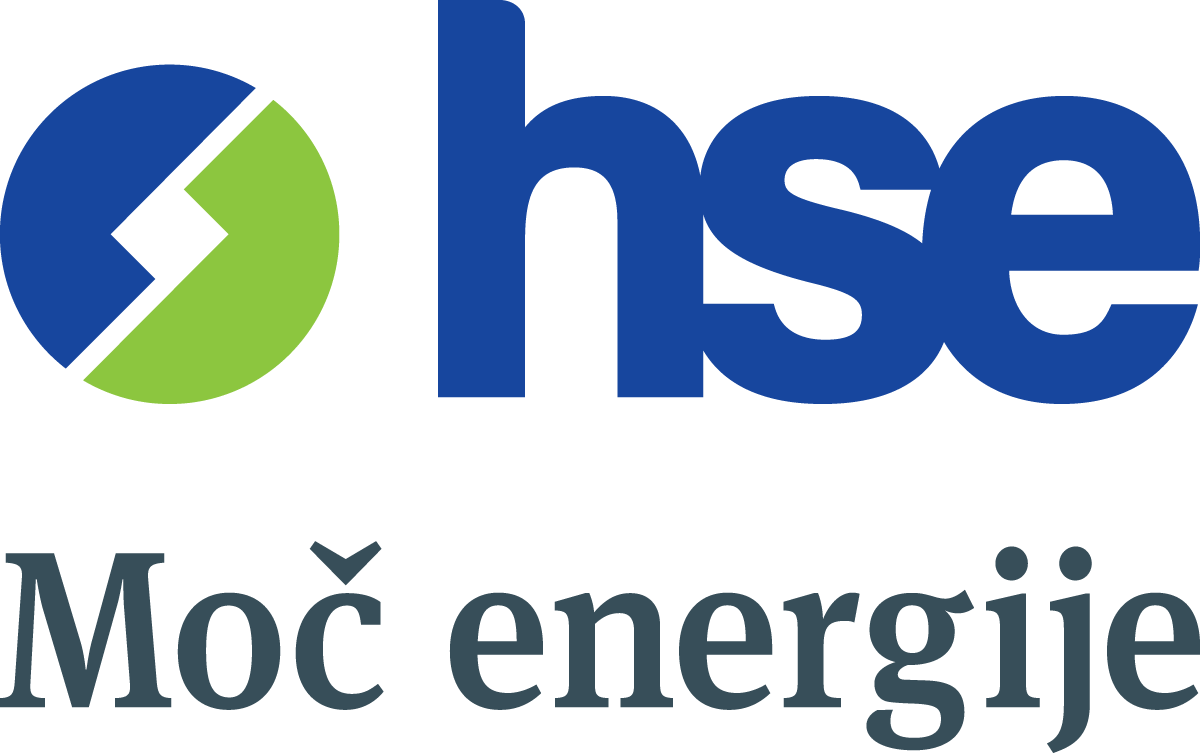Komunalno Podjetje Velenje (KPV), together with the founding municipalities, and the Šoštanj Thermal Power Plant (TEŠ) have concluded an agreement on cooperation in the planning of the transformation of the district heating system in the Šalek Valley, which is the basis for the drafting of the project dossier for the gradual transition to renewable energy sources (RES). The joint transition concept comprises heat pumps at the TEŠ location with associated solar power plants, co-generation of electricity and heat with a boiler, a sub-station for separating the branch into the Šoštanj and Velenje parts, a heat pump at the central water treatment plant for the Šalek Valley, and the transformation of the network and stations managed by KPV.
The first phase of the transformation of the heating system and the gradual energy efficiency improvement of buildings is already under way and will result in 25,269 fewer tonnes of CO2 emissions and 21,150 fewer tonnes of coal used, which means an annual saving of thermal energy in the amount of 76,559 MWh (currently, the average annual consumption is 320,000 MWh).
Transition to a clean source of energy must be made in the Šalek Valley within ten years, so it is necessary to define as soon as possible the investments and measures that will prioritise the restructuring of the district heating system in the Šalek Valley from the Just Transition Fund. The TEŠ is a unique energy location that should also be put to good use in the future.
The agreement on the drafting of a conceptual design for the concept of renovation of the district heating system in the Šalek Valley with new renewable energy sources is the basis for the drafting of the project dossier of the joint concept of the project group for the transformation of the district heating of the Šalek Valley with the inclusion of installations for the production of electricity and heat with the gradual transition to renewable energy sources. This means that top experts from both sides will jointly draft the technical and project bases for the Joint RES Concept, specifically heat pumps at the TEŠ location with associated solar power plants, co-generation of electricity and heat with a boiler that allows the use of various fuels, a sub-station for separating the branch into the Šoštanj and Velenje parts and a heat pump at the central water treatment plant of the Šalek Valley and transformation of the network and stations managed by KPV.
The agreement was signed by the general director of the TEŠ Branko Debeljak, the director of Komunalno Podjetje Velenje Gašper Škarja and the mayors of the three founding municipalities of KPV: Peter Dermol, the mayor of the Urban Municipality of Velenje, Boris Goličnik, the mayor of the Municipality of Šoštanj, and Janko Kopušar, the mayor of the Municipality of Šmartno ob Paki. The signing of the agreement is only the first step on the way to a carbon-free Šalek Valley.
Together with the municipalities of Velenje and Šoštanj, Komunalno Podjetje Velenje plans to submit as early as this year an application to draw funds from the European Just Transition Fund, in which transformation is defined as a strategic project of the region. Renovation work on insulation and support on the distribution network, modernisation of heating stations and the installation of the planned first RES for heat generation will start to be implemented on the ground at the beginning of next year (2024). Simultaneous energy efficiency improvement of all buildings in the Velenje area will also be key.
The planned coal phase-out in the Šalek Valley by 2033, in accordance with the guidelines of the state and the EU, requires the transformation of one of the largest district heating systems, which supplies more than 35,000 consumers. It was established in 1959 as the first in the former Yugoslavia and played a key role in the environmental rehabilitation of the Šalek Valley. The advantages of maintaining a district heating system are higher energy efficiency, a healthy and clean living environment and the use of renewable energy sources on a large scale, despite space limitations. As we want to keep the air clean in the future, the only suitable solution is in maintaining a comprehensive district heating system, in green transformation and in diversification of resources.








